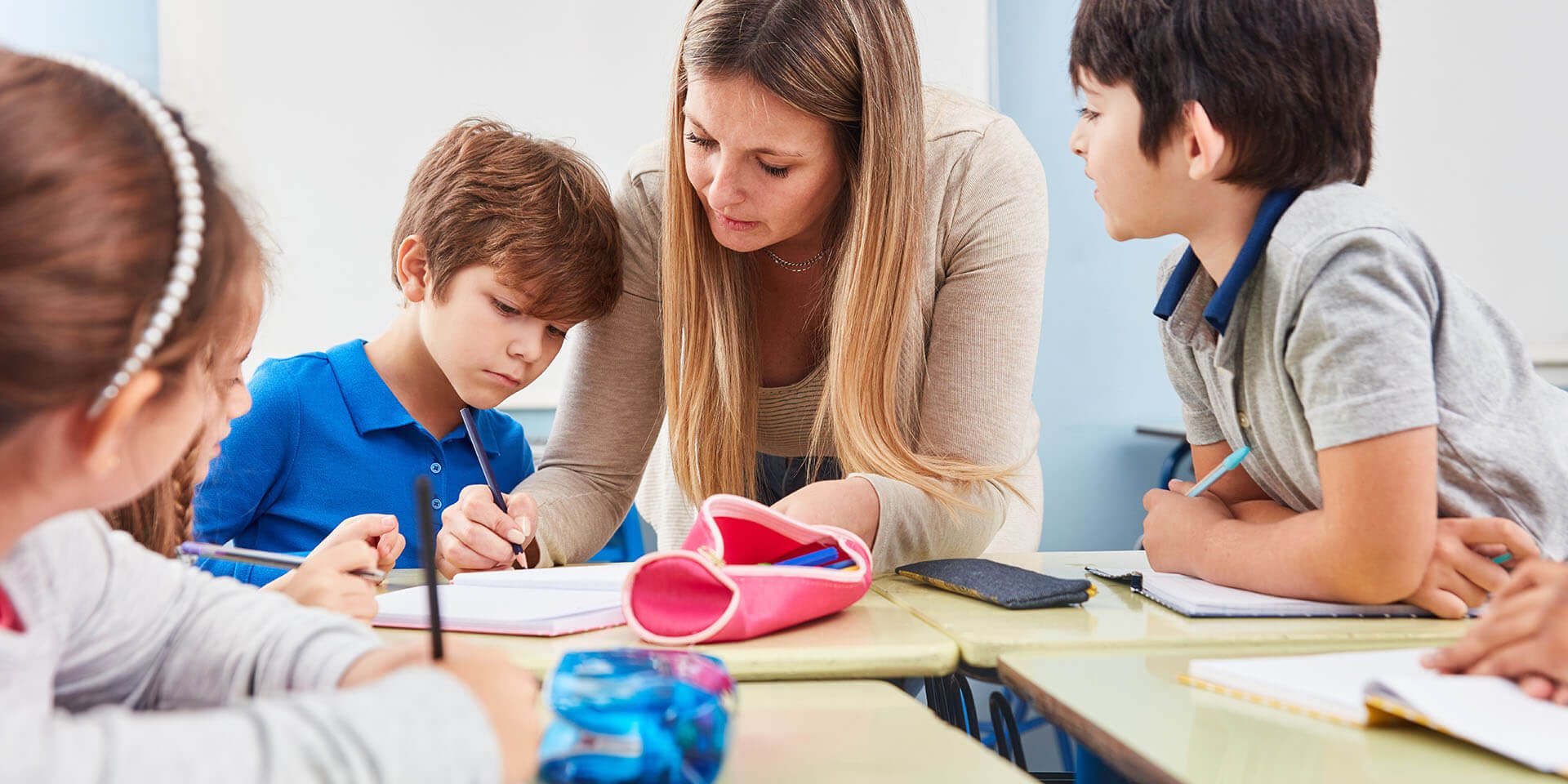Author Justin Clark, Learning Difficulties Tutor in Brisbane.
It’s well known that we experience and learn about the world around us through our senses. We use them to gather and respond almost instantly to information about our environment. Each of our senses collects different inputs, which are interpreted in combination by the brain.
The brain is always working, and its function is to sort through these inputs and collate them into information we can understand. We very rarely experience situations with one sense alone, as they are constantly working in tandem to aid us in developing a comprehensive understanding of our circumstances.
Learning is the process of acquiring new knowledge, skills, understanding, behaviours, attitudes and values, and occurs when our brain makes a connection between new information gleaned and previous learning. We learn best when involved in meaningful experiences: those that we can easily connect to prior learning, and that involve multiple senses. This concept gives rise to the multi-sensory learning theory.
What is the Multi-Sensory Learning Theory?
“The multisensory learning theory states that the brain learns more easily when several senses are stimulated in parallel” (Mayer et al, 2015).
In an interesting study undertaken by researchers at the Max Planck Institute for Human Cognitive and Brain Sciences, participants were ‘taught’ a number of words, under different conditions, from a fictional language the researchers had developed. These included participants hearing the word, hearing the word and observing a corresponding image or gesture, and hearing the word and expressing it with a related gesture.
Katja Mayer explained that people’s recollection of the vocabulary was best when they expressed the word with a gesture themselves. It also improved when they heard the term and observed a corresponding image, which Katharina von Kriegstein understood as being due to the additional inputs these actions created, which facilitated the brain’s learning.
Their study found that our brains learn new information more effectively when inputs from multiple sensory organs are involved. These different inputs provide a greater number of opportunities for the brain to engage with a concept and connect it to prior experiences.
How Can You Put Multi-Sensory Learning into Practice?
The importance of incorporating multiple senses to not only effectively engage students but also accelerate their learning is clear, so how can this be done?
Each of the senses has differing importance to different people, depending on how they process information, which we explain in depth in our blog about The Seven Different Learning Styles. This means integrating multiple senses into learning activities makes them more interesting and meaningful, and has the dual benefit of catering to a range of types of learners.
Below are some of our favourite ways to incorporate multiple senses into different learning activities.
How to Incorporate Multiple Senses in Learning Maths
Times tables are really important for success later on in mathematics. They make the computation of equations faster and easier, reducing the strain on the brain. Some great ways to involve the senses when learning times tables are:
- Writing them out to gain kinaesthetic input, but using different colours for each number, or added visual stimuli. For example, all ones in green, all twos in pink, all sixes in blue, all sevens in orange, all answers in black.
- Saying them out loud for audio input, which is especially valuable if you can sing along to a times tables song!
- Representing the tables visually, with counters, play dough or food items like Smarties or Fruit Loops. Setting them out provides tactile input.
- Reciting times tables while doing physical activity, like jumping on a trampoline, passing a ball or skipping.
Does Science Stick Better When Learned with Multiple Senses?
Science is a subject that lends itself particularly well to meaningful learning because it is often easy to make ‘hands-on’. Here are a few of our favourite ways to make learning science multi-sensory:
- Using food to illustrate the concept of reversible and non-reversible reactions. For reversible reactions, watching ice melt provides good visual, auditory and tactile input, and it can be tasted too. Jelly is another favourite, and can engage another sense – smell. For non-reversible reactions, think of boiling eggs or making a cake.
- When learning about different environmental features, collecting samples from outside is lots of fun, and engages sight, hearing, smell and movement. Bringing the specimens back in to evaluate their appearance, texture, weight, smell, the sounds they make when dropped, and taste (where appropriate) makes the experience even more valuable.
Discovering English/Languages with Multiple Senses Learning
Learning new words, whether in English or another language, is made exponentially easier when we engage numerous senses:
- Say the word out loud and get the student to repeat the word themselves.
- Write words down and draw accompanying pictures or make up gestures.
- Encourage students to think of a memory associated with a word or emotion so they can link the concept to a real-life experience.
- For spelling, write words out with different pens for suffixes and prefixes, or consonants in one colour and vowels in another. Spell things out loud and make up a tune to sing them to, or spell while playing hopscotch, saying one letter for each hop.
- Make letters and words out of Play-Doh or plasticine, or make a slab and carve out the word/letter with a toothpick or skewer.
- For narrative writing, use a photo of a moment, discuss what is happening in the image (what we can see and what we can remember), write about the image, and then act it out again afterwards using the story written as a guide
We can’t reiterate enough how important multi-sensory learning is. It makes learning exponentially more fun, more engaging, more interesting, more meaningful and more effective. We hope you have learned something new about the importance of learning with all the senses, and have gotten some inspiration on how you can incorporate multi-sensory learning into different areas!
Hope Tutoring in Brisbane and Online
Justin Clark has both the practical experience as well as formal qualifications (MEd, MLearningInnovation, BEd, BA) that allow him to provide the specialised one-on-one help that children with Learning Difficulties need in order to learn in ways that facilitate their learning rather than traditional teaching methods. Contact Justin via email or on 0407 407 233.



